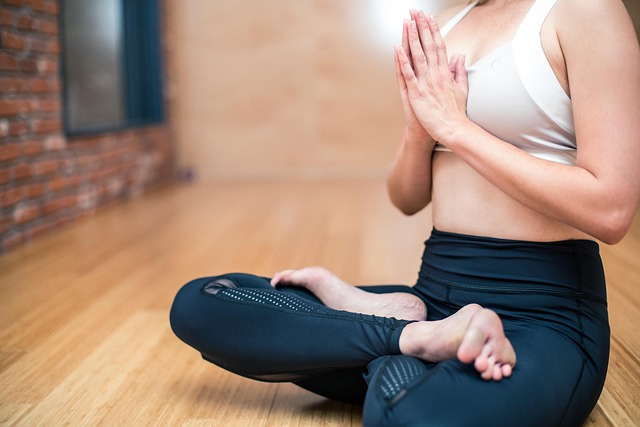
Unlocking Peak Performance: The Role of Intervertebral Stabilization in Mobility
When it comes to optimizing our mobility, the concept of intervertebral stabilization takes center stage. It’s a term that may sound technical, but its implications are profoundly personal and transformative. Think about the last time you felt unrestricted, moving your body fluidly and effortlessly. That feeling is often rooted in the health of your spine and its ability to provide stability during movement.
In the world of fitness and training, intervertebral stabilization refers to the dynamic system of muscles, ligaments, and joints that protect the spine and enable smooth motion. Without this crucial support, we risk injuries that can sideline us from our favorite activities. Imagine trying to lift weights or engage in high-intensity interval training without the solid foundation that a well-stabilized spine provides. Every twist, bend, and lift requires that extra layer of support to keep us safe and effective in our movements.
In addition, proper intervertebral stabilization plays an essential role in improving overall health. A strong, stable spine not only enhances athletic performance but also contributes to better posture and alignment. This, in turn, affects our daily activities—from sitting at a desk to engaging in recreational sports. By prioritizing the health of our spine, we foster a well-rounded approach to fitness that encompasses mobility and longevity.
To achieve optimal intervertebral stabilization, integrating specific exercises into your training regimen is key. Focus on core-strengthening movements, such as planks and bridges, which engage the deep muscles that support your spine. Incorporating flexibility exercises, like yoga or Pilates, can also enhance your range of motion while ensuring stability through proper alignment. The goal is not just to build strength but to create a synergistic relationship between stability and mobility.
Moreover, the journey to mastering intervertebral stabilization isn’t just physical; it’s mental as well. For many, the fear of injury can act as a barrier to fully engaging in physical activities. By educating ourselves on the importance of spinal health, we can dismantle those fears and replace them with confidence. With every successful movement, we reinforce our belief in what our bodies can achieve, fostering a renewed sense of empowerment.
As we continue to prioritize our fitness and well-being, let’s remember the foundational role of intervertebral stabilization in our journey. Embrace exercises that support spinal health, and in doing so, unlock a world of peak performance and limitless mobility. After all, the freedom to move with confidence is a gift that enriches our health, fitness, and overall quality of life.



